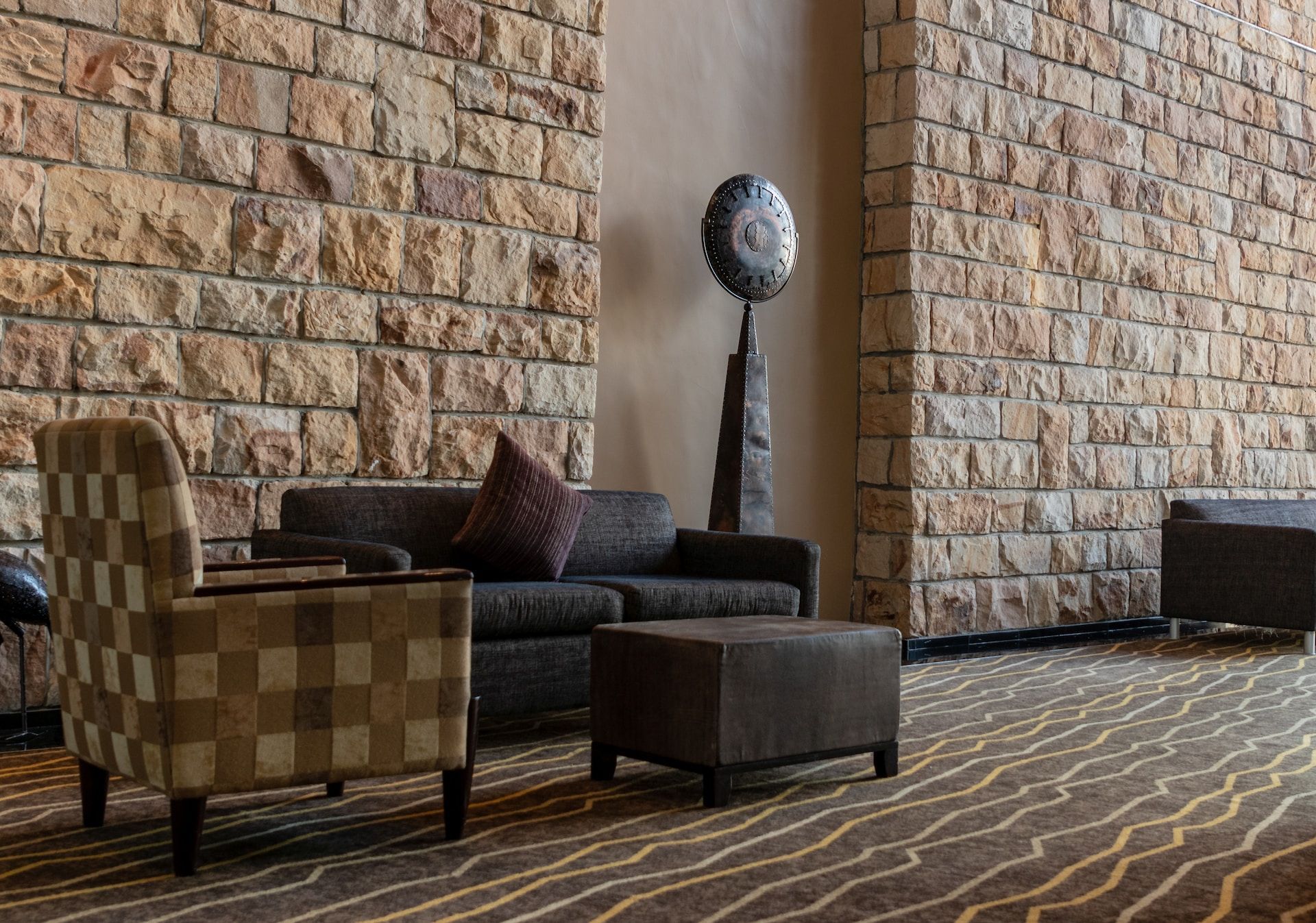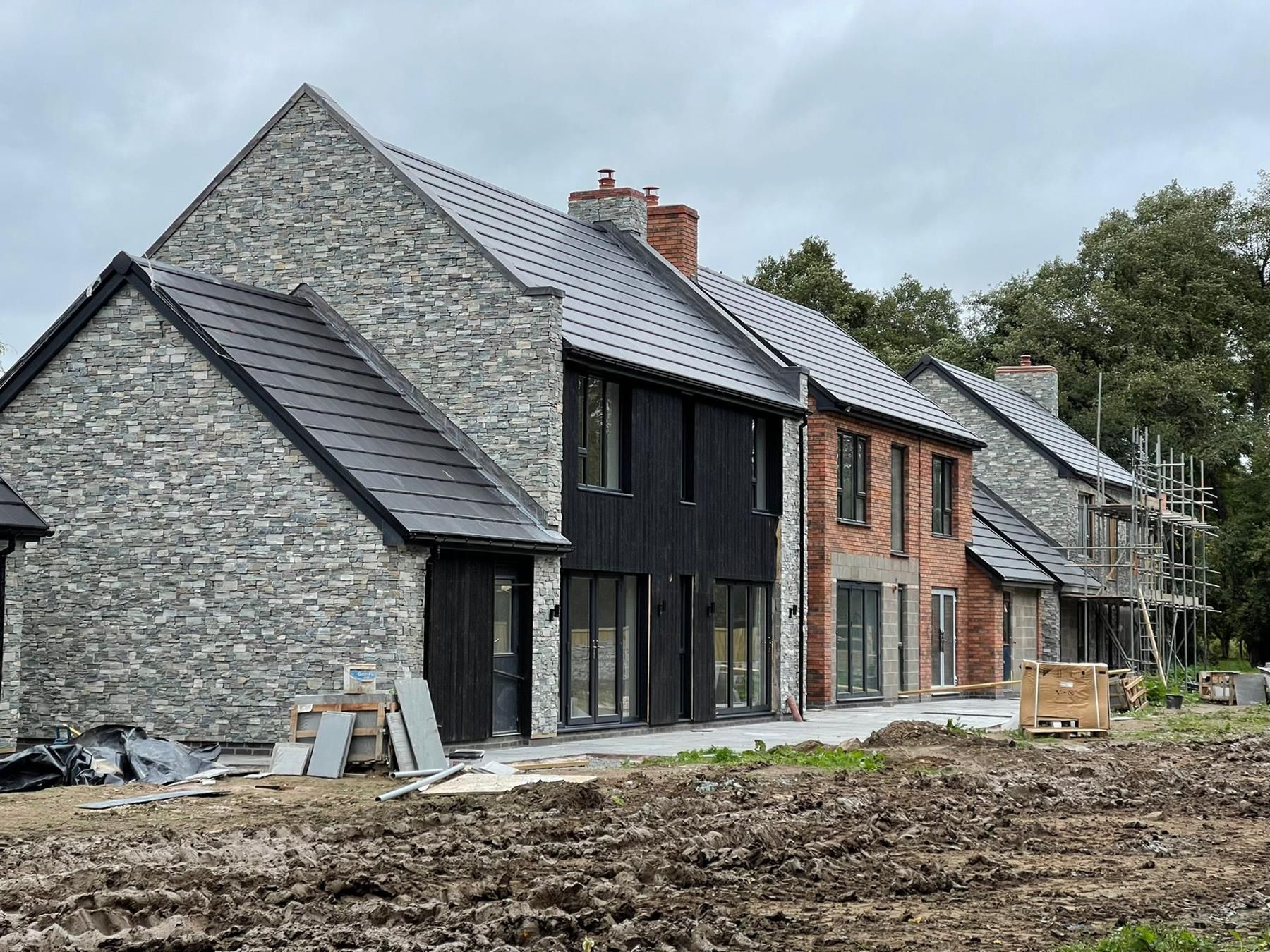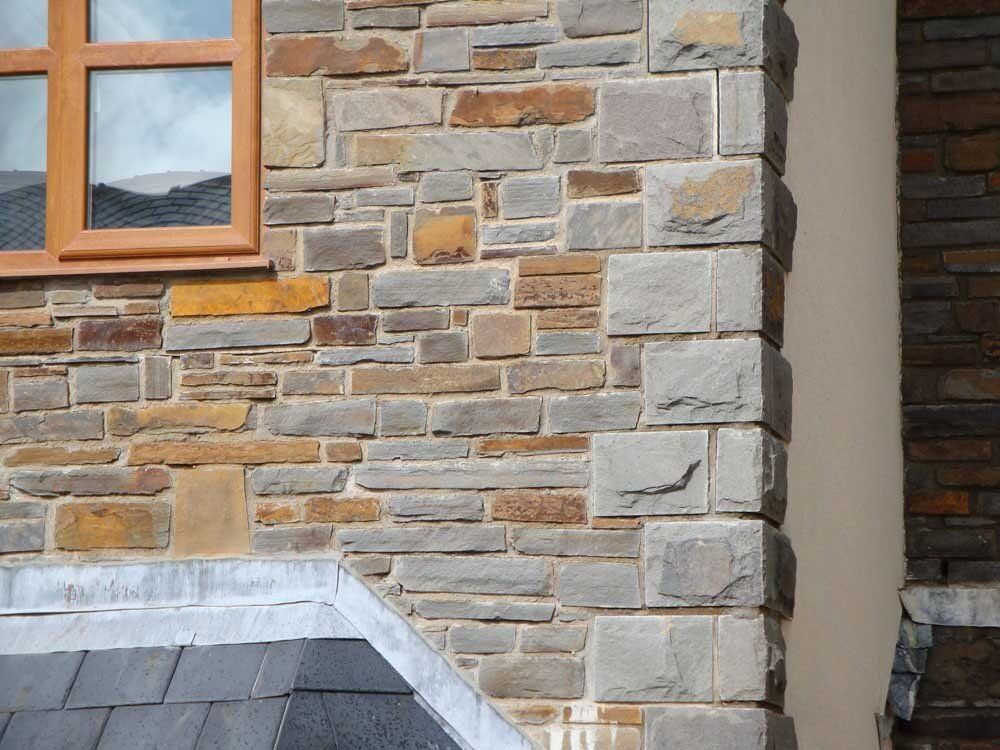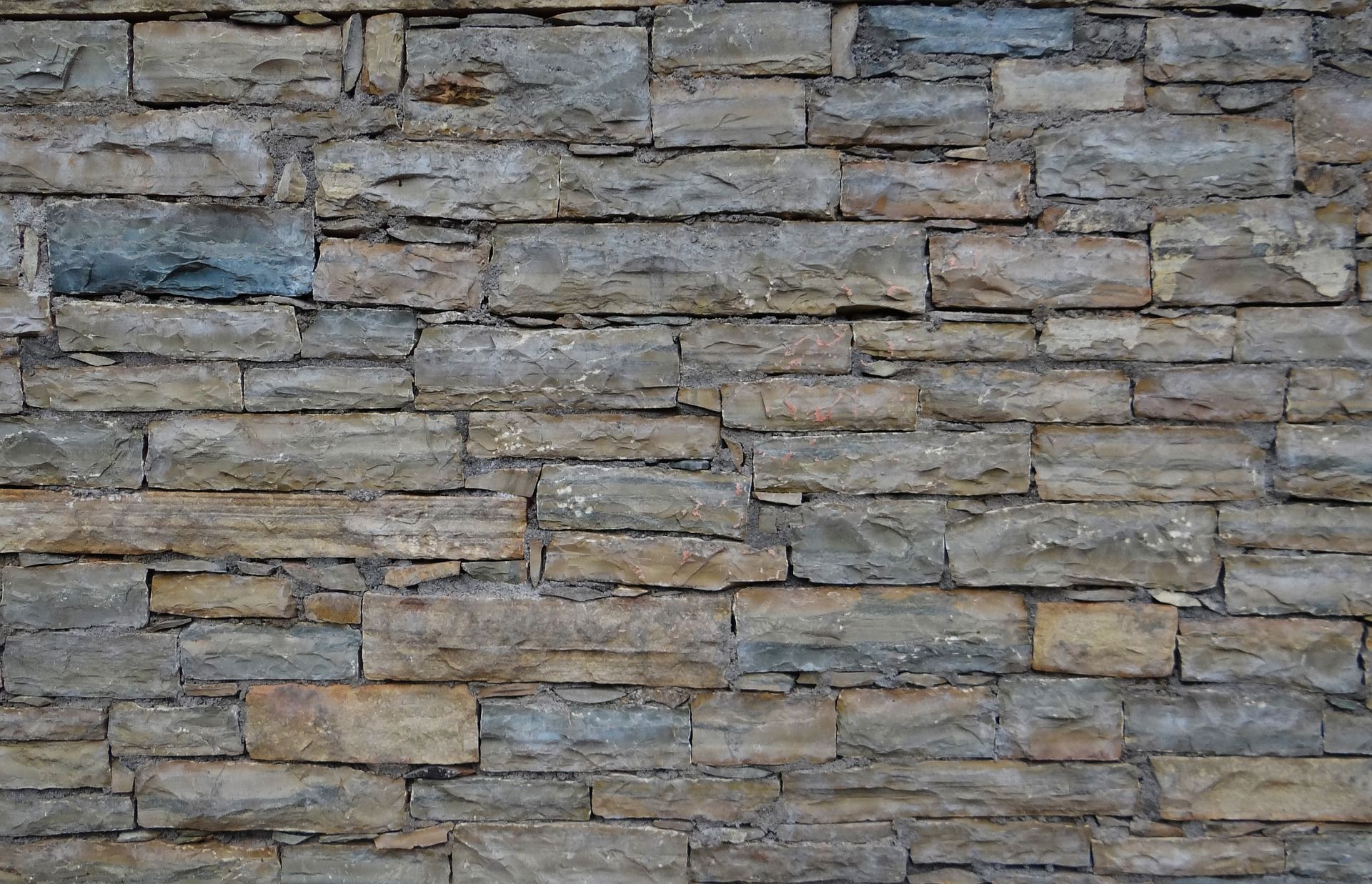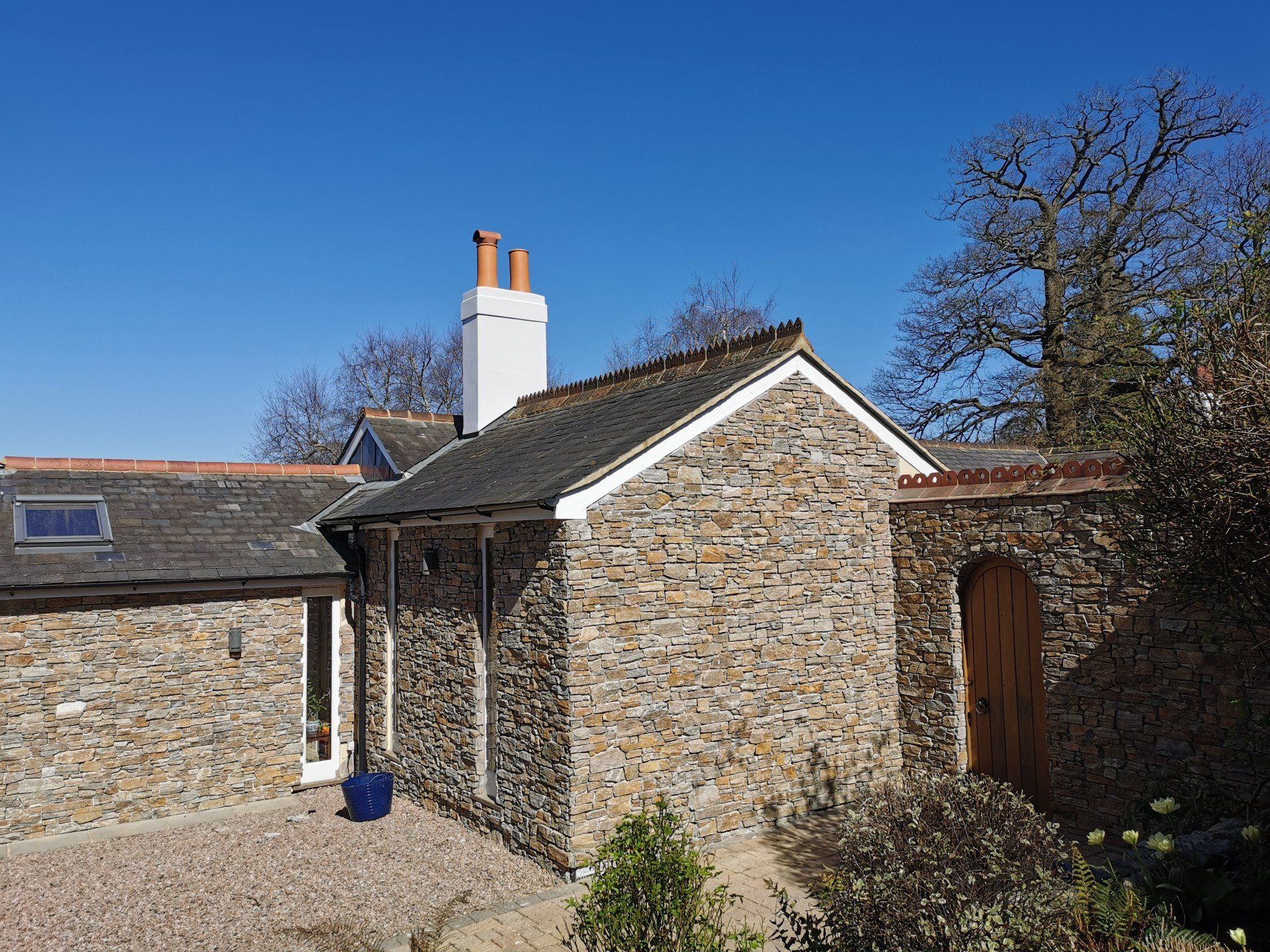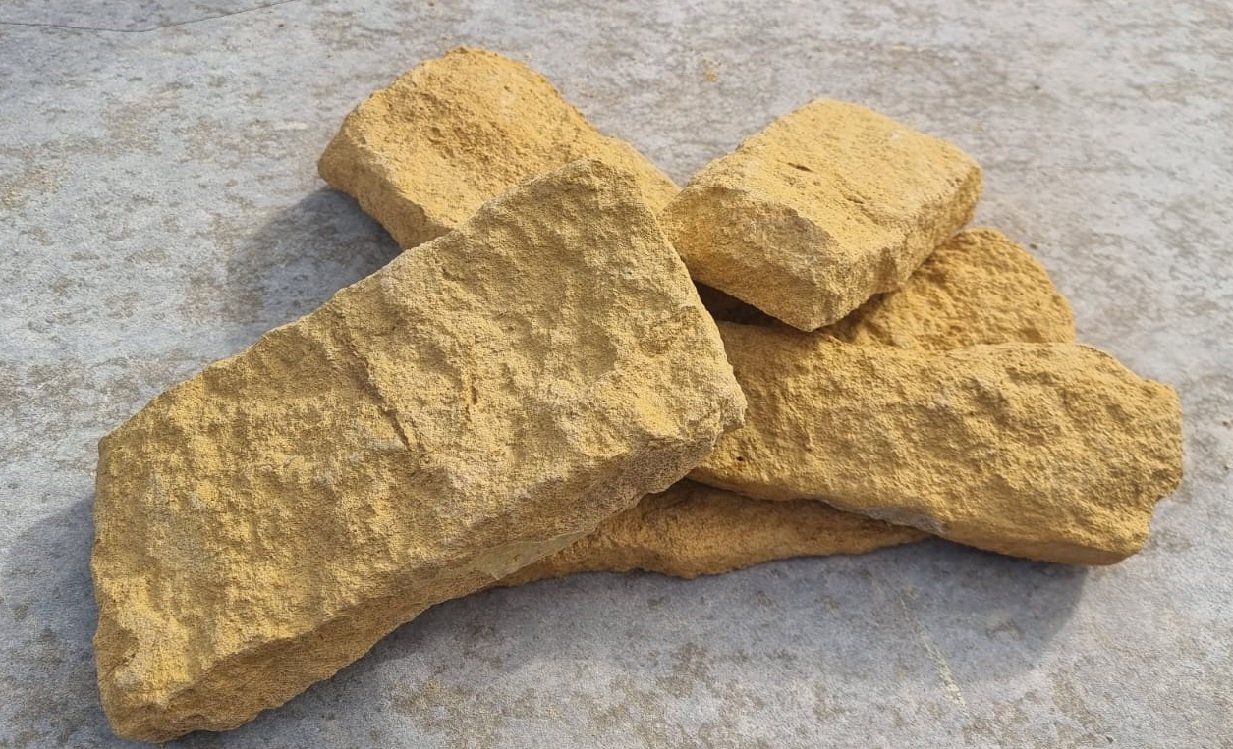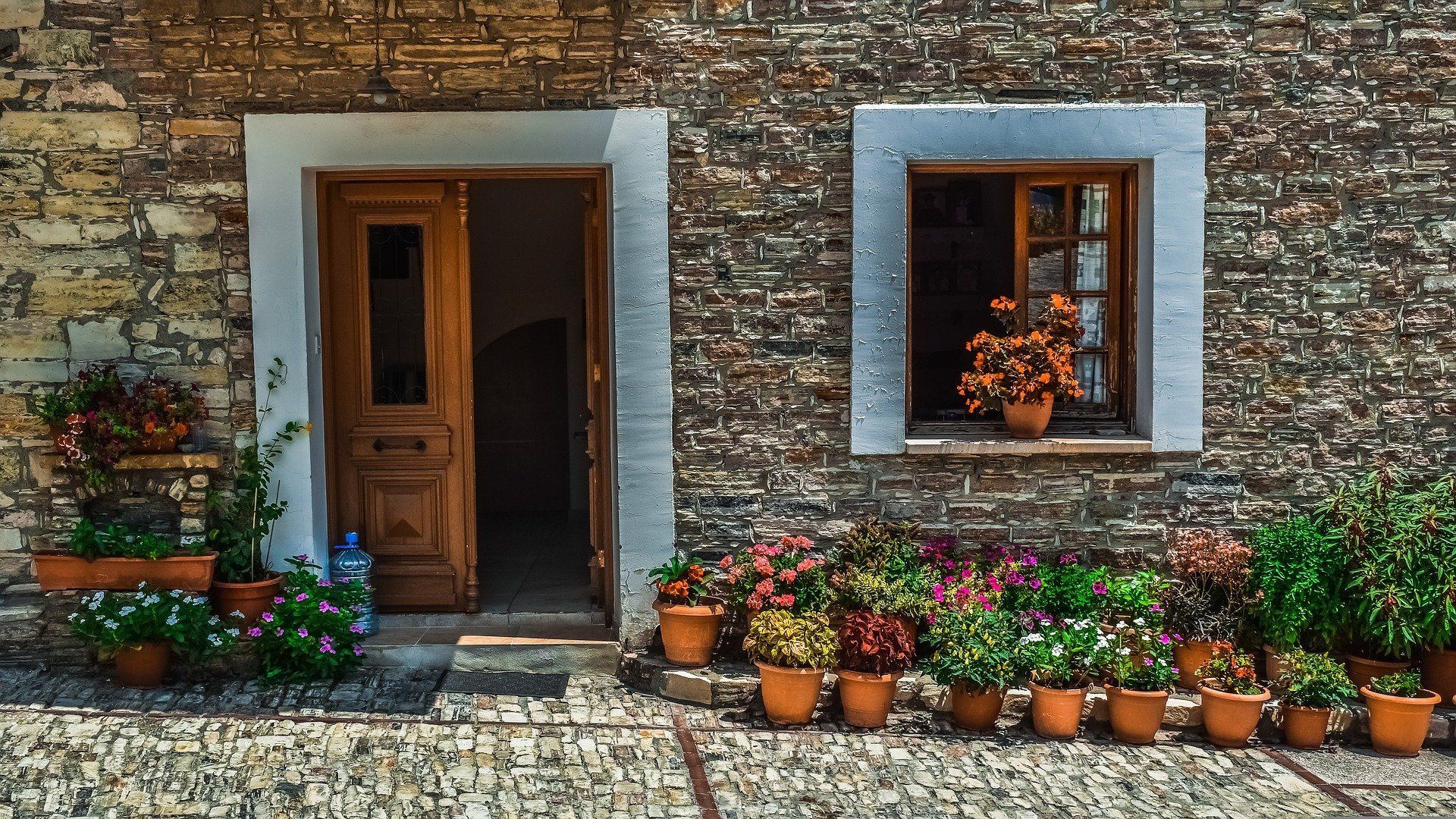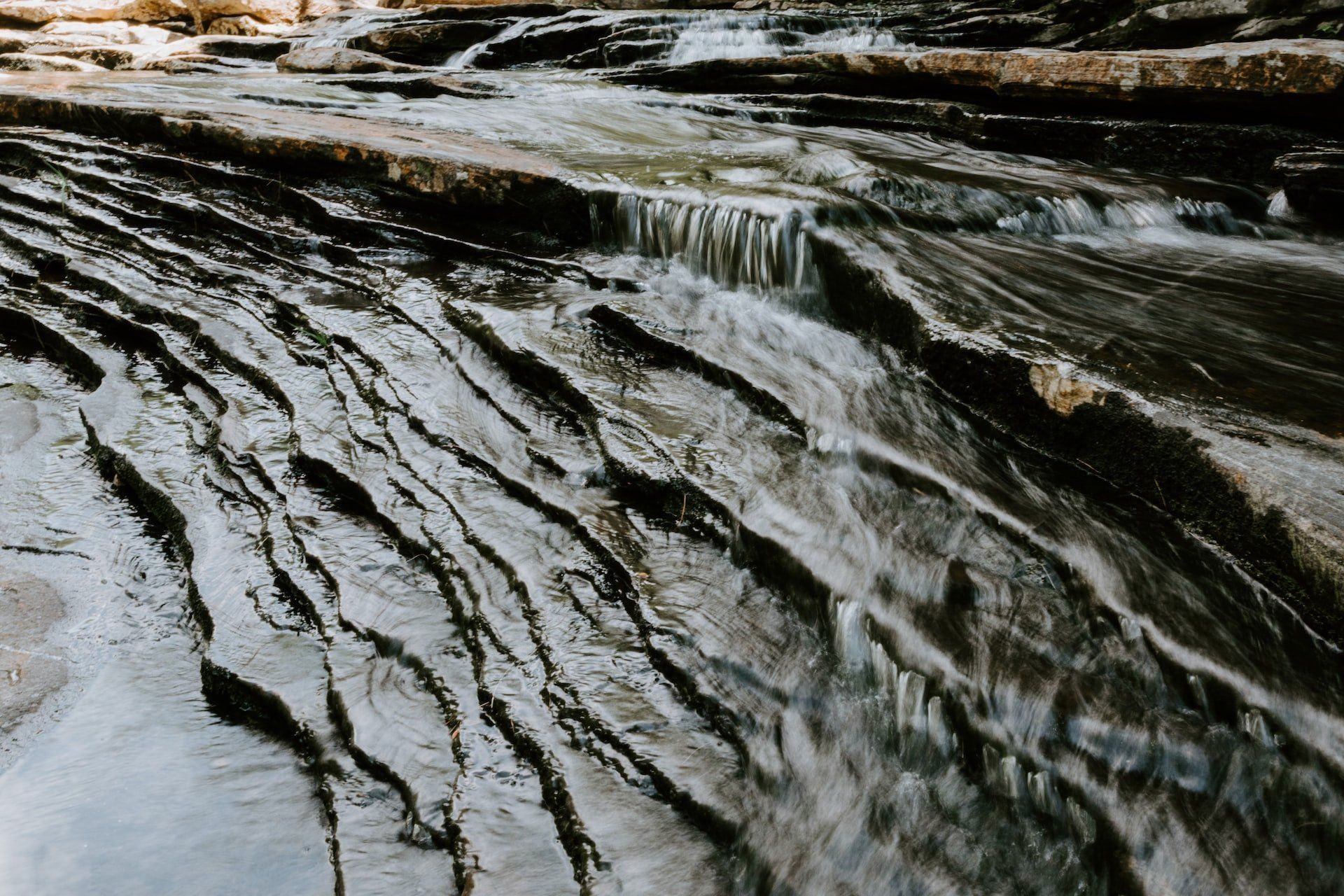Can you use stone veneer on an outdoor kitchen?
Is there anything better than spending a lovely evening in the garden with your friends and family and cooking them a delicious meal? Not many things can top that experience, so it really isn’t a surprise that more people decide to install outside kitchens. But what materials to use for it to be durable and good-looking for years? One of the best choices is the stone veneer outdoor kitchen. Read on and find out why!
Outdoor kitchen and stone veneer
So why is stone veneer the perfect material for an outdoor kitchen? Well, because the cooking area is placed outside, it’s going to be exposed to various extreme weather conditions that include snow, rain, hail, strong wind, and damaging UV rays. Stone can handle all of that and more without losing its good look. On top of that, it can withstand the heat from all the cooking you will be doing in your outdoor kitchen. Of course, it is also fireproof and can guarantee your safety when working with open fire or grilling something delicious. Of course, you need to choose the right type of stone to get the maximum benefits. The most popular versions for an outdoor kitchen include limestone, flagstone, field stone, and even river rocks. Avoid more porous or delicate types of stone because they may absorb dirt and occasional spillage. To make sure your outdoor kitchen stone veneer will stay in great shape for many years to come, remember to seal it.
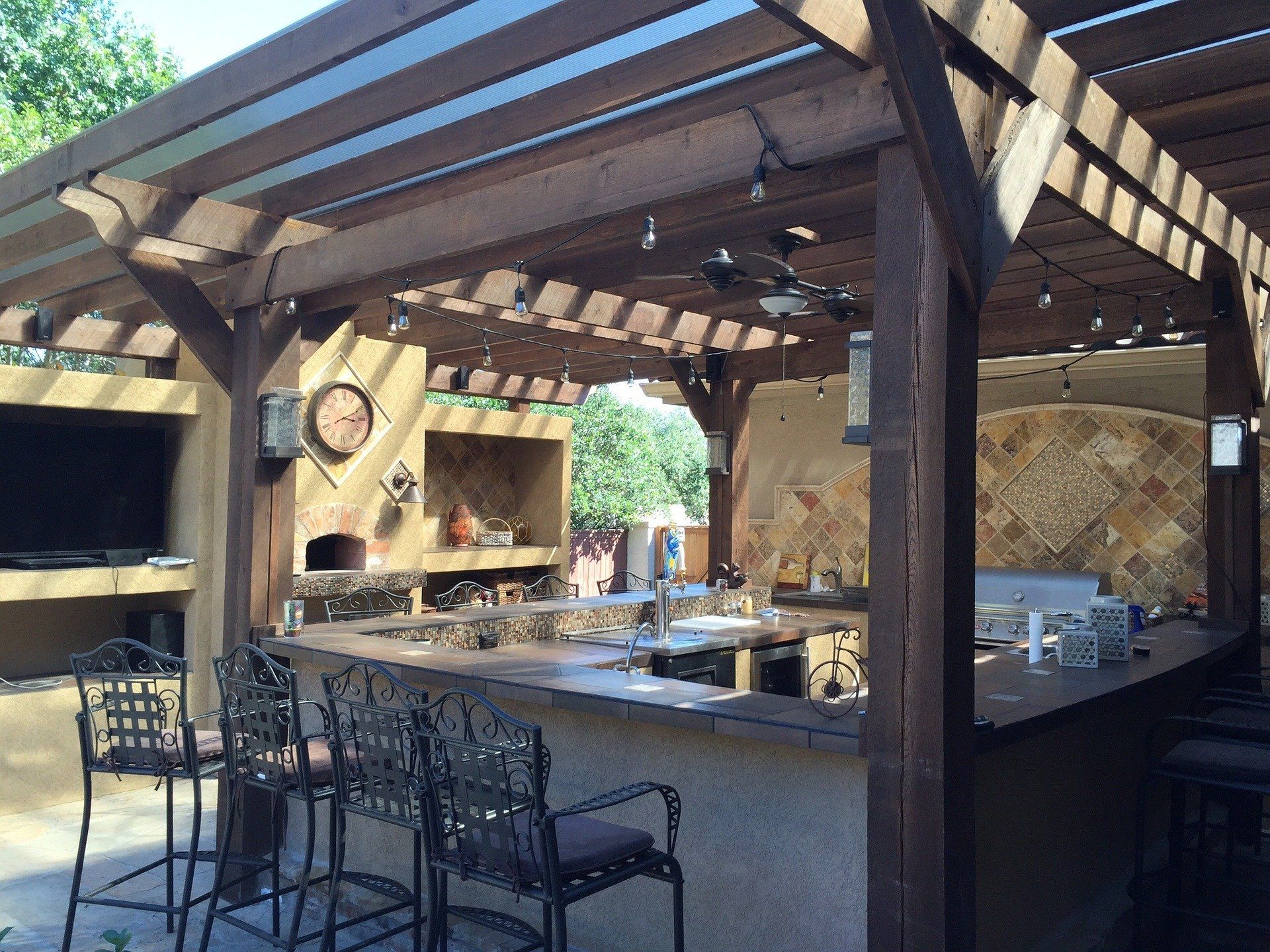
Ways of building outdoor stone kitchen
So how to build an outdoor kitchen with stone veneer? There are several methods you can choose. The oldest and most time consuming way is laying the stone by hand, piece by piece. As you may guess, this method can be costly as you need to hire a professional who has the proper skills and experience and can perform a quality job. Fortunately, there are some other, more practical methods for you to try. One of them is concrete masonry unit substrate, also known as CMU. What is it all about? First, you need to create a substrate out of a concrete block in the shape of your kitchen island and then adhere the stone to it using mortar. If you have DIY and masonry skills, you can do the work yourself, but if you’ve never tried it, it would be best to hire a professional.
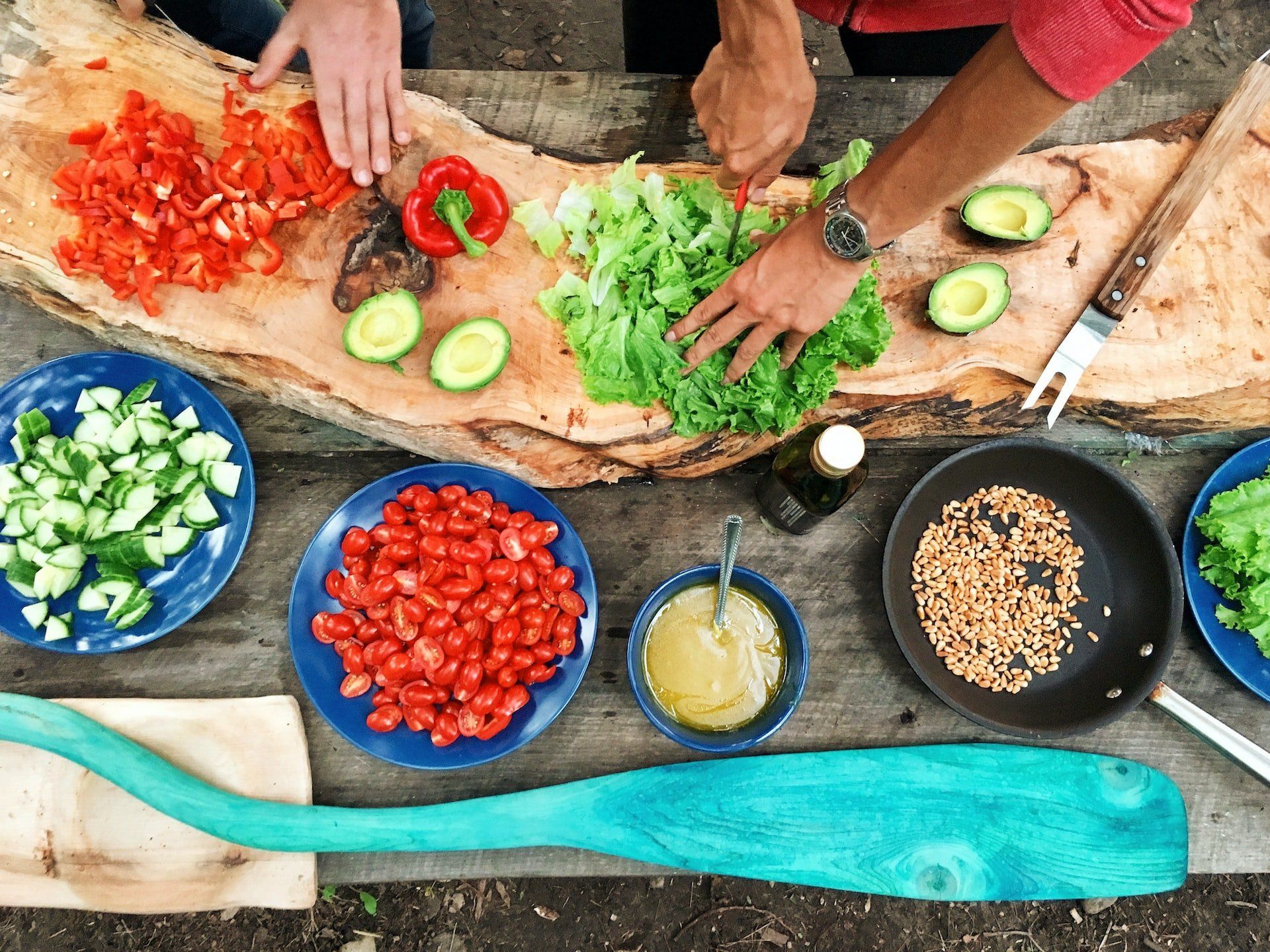
The easiest and most affordable way would be to go for a stone veneer. However, before you place it, you should have the frame of your outdoor kitchen. Usually, it is created from metal, concrete, or wood. Then, you need to adhere the cement board to the frame - it will be the base. When that’s ready, you can move on to applying stone veneer. There are two binding agents you can use: masonry adhesive or mortar. The first one is easier to deal with but can get compromised in moist climates. Mortar will be much more resistant for your stone veneer outdoor kitchen. Which method will you choose?
Real Stone Cladding Blog
LATEST ON OUR BLOG
Stone cladding UK suppliers of interior and exterior stone cladding, external stone cladding, sandstone cladding & architectural stone.
Real Stone Cladding is a trading name of Specify Ltd. Company Registered in Scotland
91 Westlaw Place Glenrothes KY6 2RZ Reg. No. SC460581 VAT No. 172 4800 18
Specify Ltd - Stone & Brick Facades:
specify-uk.com | realbrickcladding.co.uk |
for EU sales contact:
Real Stone Cladding - All Rights Reserved | Specify Ltd

